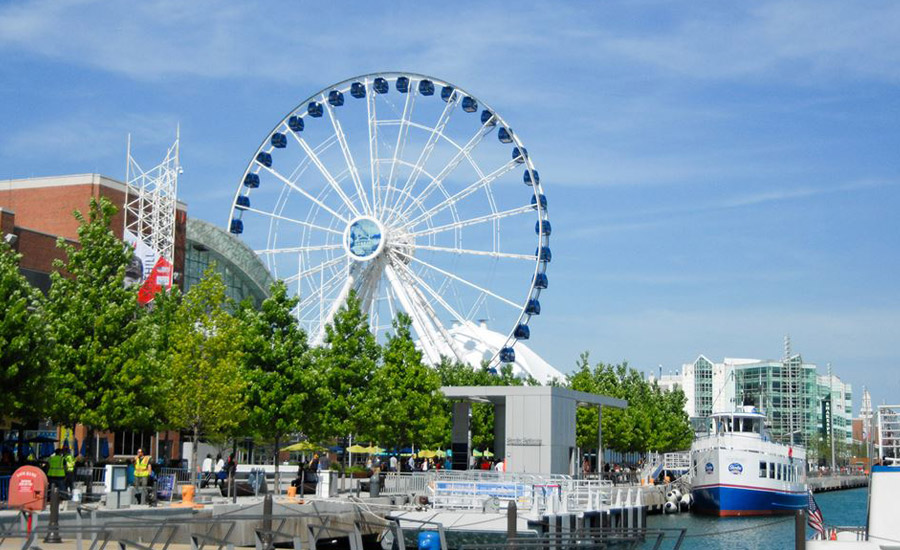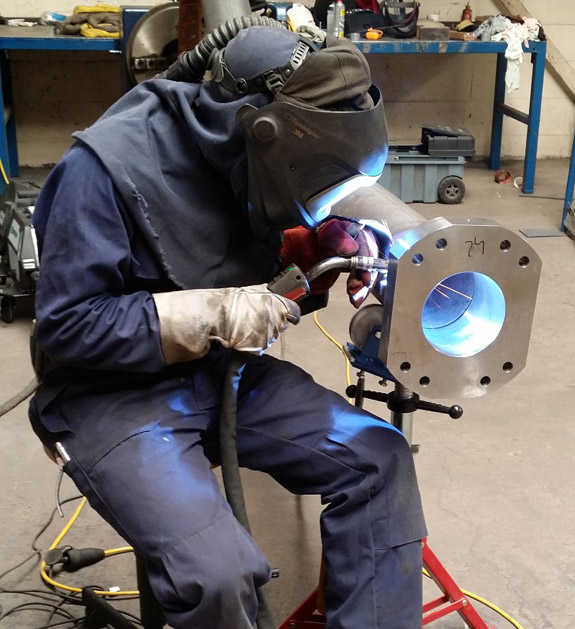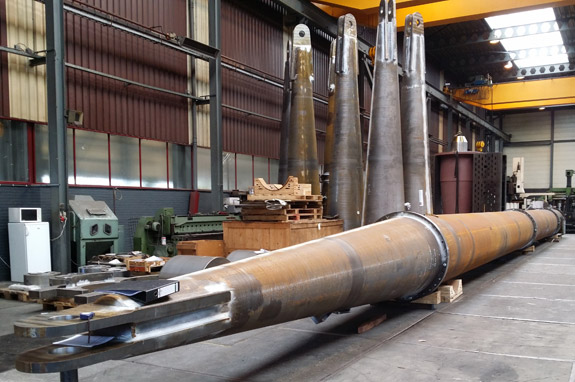Chicago’s Navy Pier gets a facelift with Dutch-built giant Ferris wheel

Above: The Centennial Wheel is Navy Pier’s newest attraction.
Chicago’s Navy Pier gets a facelift with Dutch-built giant Ferris wheel
June 2016 - Chicago’s newest Ferris wheel, named the Centennial Wheel, opened to the public on May 27 at Navy Pier along the shoreline of Lake Michigan.
The 196-foot-tall, 525-ton structure stands 48 feet taller than the 20-year-old wheel it replaced. Erected to celebrate Navy Pier’s 100th anniversary this July, the massive and complex Centennial Vision redevelopment project began in the fall of 2014 and ultimately cost $26.5 million.
Chicago-based James McHugh Construction Co. spearheaded the project and Dutch Wheels of Vlodrop, the Netherlands, designed and manufactured the new amusement ride. A part of the Vekoma Rides group of companies, Dutch Wheels is credited with fabricating the first and only DW60 model Ferris wheel in the Americas.

The Centennial Wheel is 48 feet taller than the Ferris wheel it replaced.
The Windy City’s ultramodern attraction, consisting of 42 enclosed, temperature-controlled gondolas, holds a maximum of 420 passengers per ride. Each gondola features cozy seats, TV monitors with touch-screen technology, and spectacular views of the skyline facing west. Passengers now enjoy a 15-minute experience that includes three complete rotations compared to the single, seven-minute rotation offered by the previous wheel.
McHugh was awarded "Project of the Year" by the Association of Subcontractors and Affiliates in Chicago for creating, transporting, assembling and installing the Centennial Wheel.

Dutch Wheels spent in excess of 25,000 hours fabricating the Centennial Wheel.
The overall process was extremely laborious. Dutch Wheels spent in excess of 25,000 hours building the attraction, McHugh collaborated with more than 50 subcontractors on the project, and five cranes were employed to construct the wheel.
Dutch Wheels Project Manager Dr. Essi Panjeh Shahi Ph.D, began the involved design process with a drawing. Engineers and designers used that to determine what processes and materials would be necessary to complete the project.
Tight tolerances
“The products (used to construct the wheel) were produced according to our shop drawings,” says Shahi, whose company has also built giant wheels for renowned tourist locations in Europe, Africa, Asia and the Middle East. “Everything was made within the tolerances Vekoma ordered. Deviations were kept to a minimum and discussed and recorded in a Non-Conformance Report.”

The wheel stands 196 feet tall and weighs 525 tons.
The wheel consumed structural steel grade S355J2+N and laser and plasma metal-cutting processes shaped the raw material to its necessary sizes. Due to Chicago’s frigid winters, the steel was tested to minus 50 degrees Celsius.
“More than 2,500 hours were spent with seven engineers to do the final Testing and Commissioning (T&C). Chicago has a harsh environment,” says Shahi, adding that crews lifted the main masts in single-digit temperatures during the only two days Navy Pier was closed for construction.

The wheel’s various parts were shipped via ocean vessel in 66 containers, each measuring 40 feet long.
Despite the mammoth undertaking, no serious issues were encountered when fabricating the steel. After constructing the various parts, the cargo was shipped via ocean vessel in 66 containers, each measuring 40 feet long. To meet installation deadlines, some items were transported via air freight from Vlodrop to Chicago.
Shahi particularly praised the teamwork displayed by the people at McHugh, Navy Pier, Ronny Schäfer and Thornton Tomasetti. “Navy Pier and the teams of Ronny Schäfer, McHugh and Thornton worked together very hard to meet deadlines,” says Shahi. “They all did excellent work in regard to the engineering and coordinating challenges they faced. They really were good partners to represent all local engineering and developmental activities.”

The steel was tested in temperatures of minus 50 degrees Celsius to ensure it could withstand Chicago’s frigid winters.
Chicago showcased the world’s first Ferris wheel in 1893 at the Columbian Exposition. Navy Pier attracts roughly 8 million visitors annually. Navy Pier’s former Ferris wheel continues to live on: It now graces the skyline of Branson, Missouri, a Midwest/Mid-South mecca for family fun and entertainment. MM












